What ferns will grow in dry shade?
linnea56 (zone 5b Chicago)
14 years ago
Featured Answer
Comments (11)
gardengal48 (PNW Z8/9)
14 years agomxk3 z5b_MI
14 years agoRelated Professionals
Ferndale Landscape Architects & Landscape Designers · Parole Landscape Architects & Landscape Designers · Harvey Landscape Architects & Landscape Designers · Buford Landscape Contractors · Clermont Landscape Contractors · Edmond Landscape Contractors · Frisco Landscape Contractors · Bell Gardens Landscape Contractors · Bellefontaine Neighbors Landscape Contractors · Estelle Landscape Contractors · Gallatin Landscape Contractors · Lady Lake Landscape Contractors · Oviedo Landscape Contractors · Pompton Lakes Landscape Contractors · Rockwall Landscape Contractorscoolplantsguy
14 years agogardengal48 (PNW Z8/9)
14 years agocoolplantsguy
14 years agogonativegal
14 years agogardengal48 (PNW Z8/9)
14 years agomxk3 z5b_MI
14 years agoDarragh Worledge
3 years agoDarragh Worledge
3 years agolast modified: 3 years ago
Related Stories
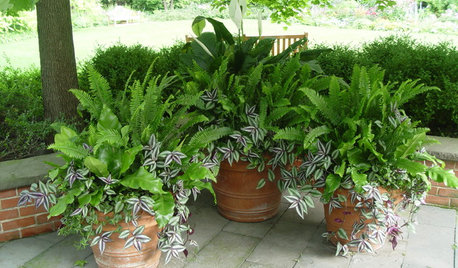
GARDENING GUIDES7 Fabulous Shade-Loving Ferns for Containers
Shade-loving ferns can add color and texture to your container designs
Full Story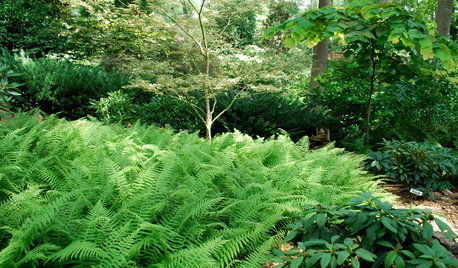
PLANTING IDEASFerns: A Shade Gardener’s Best Friend
Bring rich texture and contrast to a dark woodland landscape with wonderfully diverse ferns
Full Story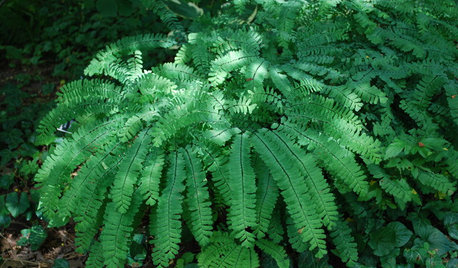
GARDENING GUIDESGreat Design Plant: Northern Maidenhair Fern Softens Shade Gardens
Stir up some romance in dark corners with the billowy fronds of native Adiantum pedatum
Full Story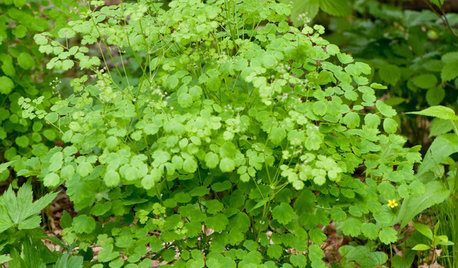
GARDENING GUIDESGreat Design Plant: Thalictrum Dioicum Thrives in Dry Shade
Plant early meadow-rue in eastern U.S. woodland gardens for its tolerance of dry sites and shade
Full Story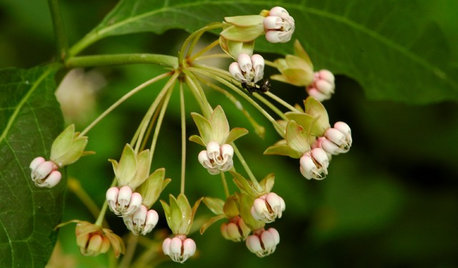
GARDENING GUIDES5 Unsung Wildflowers That Thrive in Dry Shade
Turn shady problem spots into garden idylls with with these prolific, easy-care bloomers
Full Story
GARDENING GUIDESYes, You Can Grow an Edible Garden on a Hot, Dry Site
Difficult garden spots don’t need to deter you from planting trees, herbs and other delicious food plants
Full Story
GARDENING GUIDESYes, You Can Grow Food in a Shady Yard
Your shady garden doesn’t have to be forever barren. Berries, herbs and other shade-loving plants can produce a delicious bounty
Full Story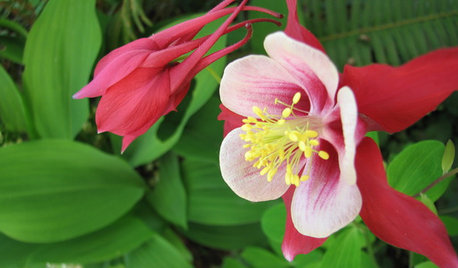
GARDENING FOR BUTTERFLIESGreat Design Plant: Columbine Grows Happily in Shade and Sun
Its ethereal beauty comes from complex forms and wide-ranging colors, but columbine’s benefits are highly attractive too
Full Story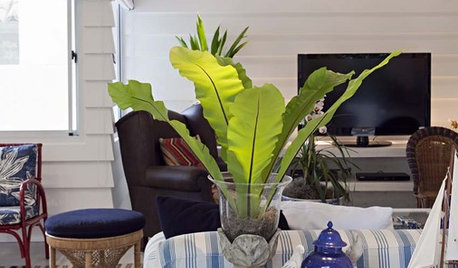
HOUSEPLANTSGet a Tropical Splash With a Bird's Nest Fern
Sword-shaped leaves make this fern a stunning accent — and you can even mount it on wood for a wall hanging
Full Story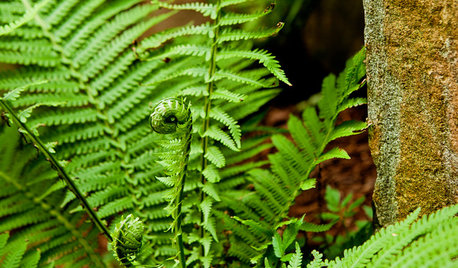
GARDENING GUIDESGreat Design Plant: Ostrich Fern (Matteuccia struthiopteris)
Try this giant among ferns for a showstopping sight in a shady or even somewhat sunny woodland garden
Full StorySponsored
Your Custom Bath Designers & Remodelers in Columbus I 10X Best Houzz
More Discussions










spazzycat_1